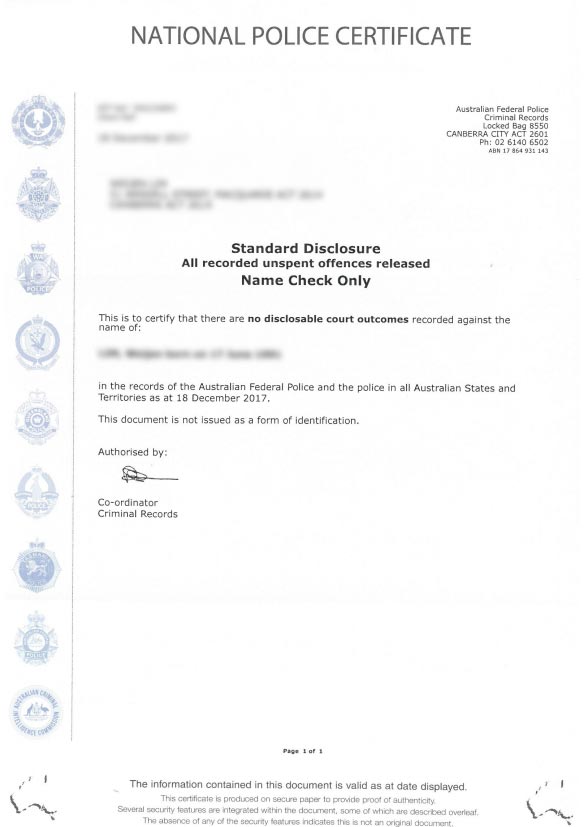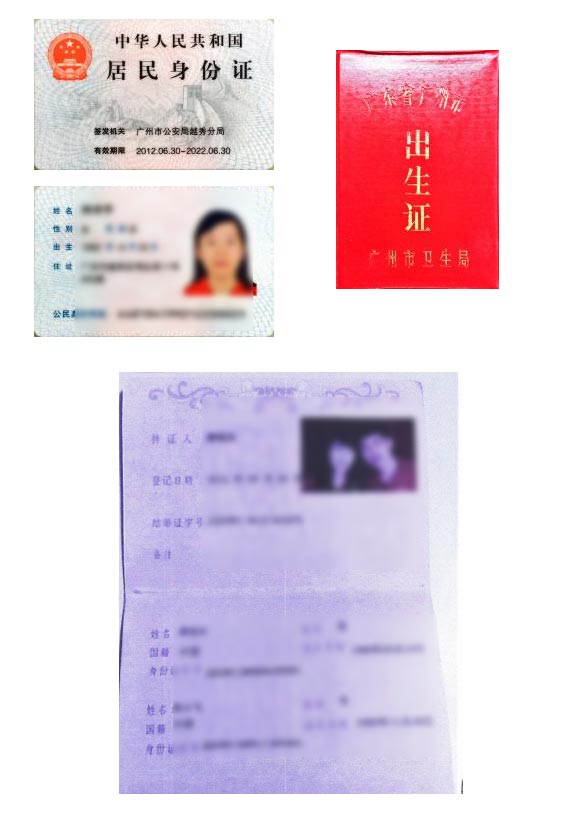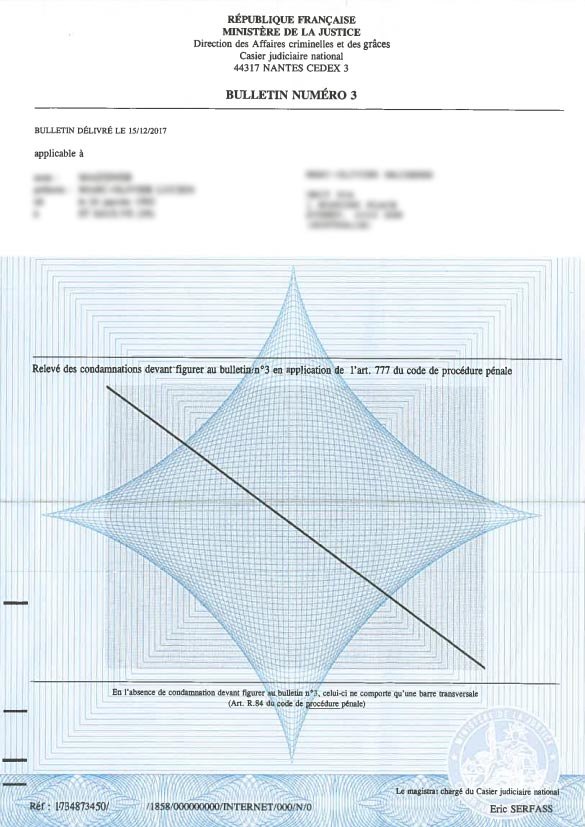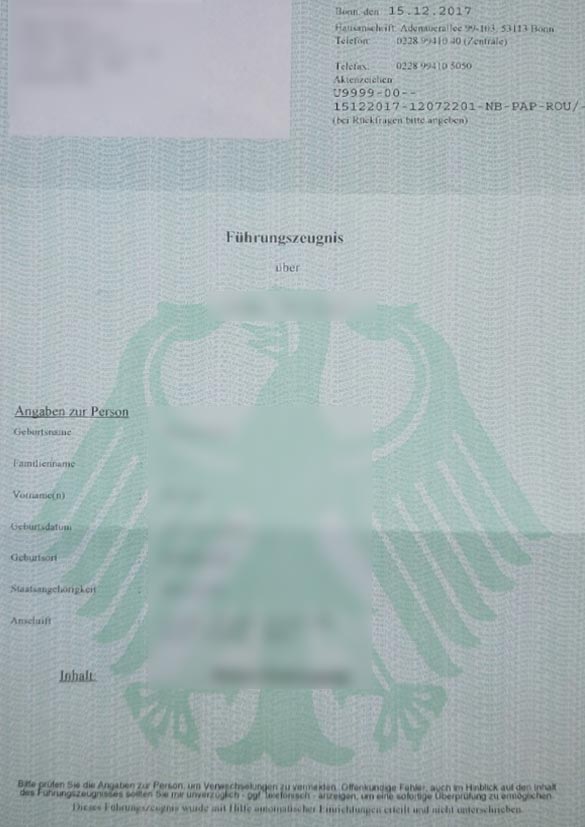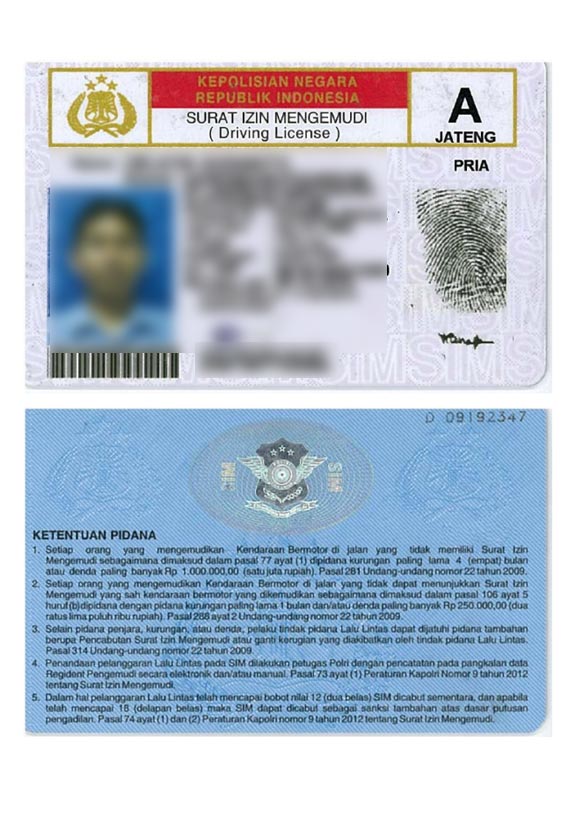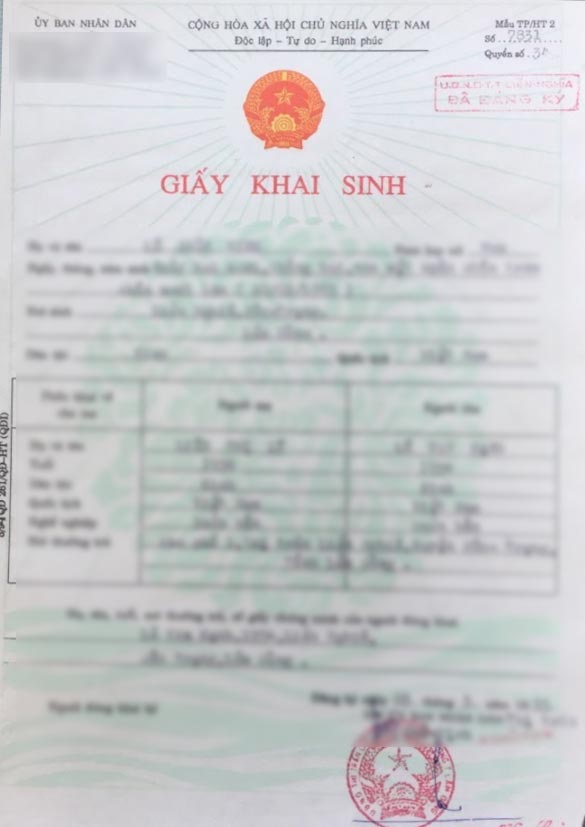Norwegian Translation Service » Norwegian Death Certificate Translation
Norwegian Death Certificate Translation
Get NAATI accredited Norwegian translators for certified Norwegian death certificate translation. Certified death certificate translation service prepared by NAATI accredited translators is usually delivered within 24-48 hours.
Certified Norwegian <> English death certificate translations are often required for legal purposes in Australia or overseas. Our Norwegian NAATI translators are experienced in delivering certified translations for death certificates and all other personal documents for official use.
Get a quote
Latest Testimonials

Norwegian (NAATI) Translator
Get the best Norwegian death certificate translators that are NAATI accredited in Australia. To begin your Norwegian death certificate translation, upload your documents using the form on this page for a quick quote.
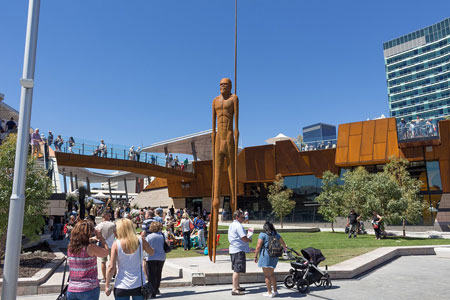
About the Norwegian Language
The Norwegian language is the official language of Norway. It is spoken by over four and a half million people, and it belongs to the group of North Germanic languages which are spoken in Scandinavia. These include Swedish, Danish, Icelandic and Faeroese.
The Norwegian language exists in two forms: bokmål (which means "book language") and nynorsk (which means "new Norwegian"). Bokmål developed from the Dano-Norwegian koiné language that evolved under the union of Denmark-Norway in the 16- and 17-century, while Nynorsk was developed based upon a collective of spoken Norwegian dialects. Norwegian is one of the two official languages in Norway. The other is Sami, spoken by some members of the Sami people, mostly in the Northern part of Norway. Norwegian and Sami are not mutually intelligible, as Sami belongs to the Finno-Ugric group of languages. Sami is spoken by less than one percent of people in Norway.
From the 1840s, some writers experimented with a Norwegianised Danish by incorporating words that were descriptive of Norwegian scenery and folk life, and adopting a more Norwegian syntax. Knud Knudsen proposed to change spelling and inflection in accordance with the Dano-Norwegian koiné, known as "cultivated everyday speech." A small adjustment in this direction was implemented in the first official reform of the Danish language in Norway in 1862 and more extensively after his death in two official reforms in 1907 and 1917.
Meanwhile, a nationalistic movement strove for the development of a new written Norwegian. Ivar Aasen, a botanist and self-taught linguist, began his work to create a new Norwegian language at the age of 22. He traveled around the country collecting words and examples of grammar from the dialects and comparing the dialects among the different regions. He examined the development of Icelandic, which had largely escaped the influences under which Norwegian had come. He called his work, which was published in several books from 1848 to 1873, Landsmål, meaning "national language". The name "Landsmål" is sometimes interpreted as "rural language" or "country language", but this was clearly not Aasen's intended meaning.
The name of the Danish language in Norway was a topic of hot dispute through the 19th century. Its proponents claimed that it was a language common to Norway and Denmark, and no more Danish than Norwegian. The proponents of Landsmål thought that the Danish character of the language should not be concealed. In 1899, Bjørnstjerne Bjørnson proposed the neutral name Riksmål, meaning national language like Landsmål, and this was officially adopted along with the 1907 spelling reform. The name "Riksmål" is sometimes interpreted as "state language", but this meaning is secondary at best. (Compare to Danish rigsmål from where the name was borrowed.)
After the personal union with Sweden was dissolved in 1905, both languages were developed further and reached what is now considered their classic forms after a reform in 1917. Riksmål was in 1929 officially renamed Bokmål (literally "book language"), and Landsmål to Nynorsk (literally "new Norwegian"). A proposition to substitute Danish-Norwegian (dansk-norsk) for Bokmål lost in parliament by a single vote. The name Nynorsk, the linguistic term for modern Norwegian, was chosen to contrast with Danish and emphasis on the historical connection to Old Norwegian. Today, this meaning is often lost, and it is commonly mistaken as a "new" Norwegian in contrast to the "real" Norwegian Bokmål.
NAATI Certified Norwegian Translator Service
We provide both Norwegian to English translation and English to Norwegian translations by NAATI translators. Contact us today for Perth translator services.
- Norwegian driving licence translation
- Norwegian financial document translation
- Norwegian bank statement translation
- Norwegian birth certificate translation
- Norwegian marriage certificate translation
- Norwegian name-change certificate translation
- Norwegian degree translation
- Norwegian diploma translation
- Norwegian employment record translation
- Norwegian school transcript translation
- Norwegian passport translation
- Norwegian police report translation
- Norwegian no-criminal record translation
- Norwegian personal letters and cards
- Norwegian utility bill translation
- Norwegian death certificate translation
- Norwegian medical record translation
- Norwegian legal document translation service
- Norwegian translator for AHPRA
- Norwegian translator for Engineers Australia
- Norwegian translator for IMMI, DFAT
- Norwegian English translator for UAC
- Norwegian to English translation for local Australian universities
- English to Norwegian translation for overseas universities
Norwegian translation services - For all requests, email us for a quick quote.
Professional Norwegian Translator Services
- agriculture, forestry and fisheries industries
- automotive engineering translation
- advertising and marketing translation
- biomedical engineering translation
- aged care and child care facilities
- educational document translation
- employee induction and training document translation
- migration document translation
- energy, mining and resources industries
- medical translation
- legal document translation
- financial translation
- school letters to parents
- technical translation
- Norwegian translation service for brochures and flyers, working in design files such as Adobe InDesign, Illustrator, PowerPoint or Publisher (DTP Services)
- Norwegian brochure translation and typesetting services

